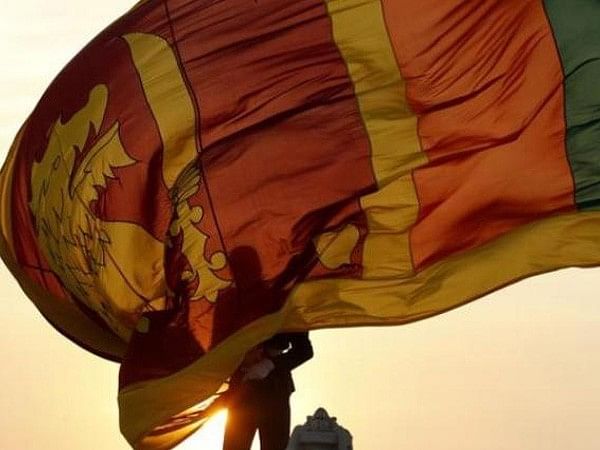Colombo [Sri Lanka], July 15 (ANI): While Sri Lanka faces its worst economic crisis since independence with food and fuel shortages, China has turned a blind eye to the crisis and shifted the blame to the borrower, a media report said.
Amid the pandemic, the country was trying to rebuild its economy, but the tourism industry was hit badly, an article in the Global Strat View think-tank read. Tourism in Sri Lanka supports 10 to 15 per cent of the economy.
The effect of the COVID-19 crisis, the loss of tourists, high government expenditure and tax cuts depleting state revenues, and the use of money for initiatives with minimal returns have all contributed to Sri Lanka’s economic meltdown.
Russia is the third largest market for Sri Lanka’s tea exports. As a result of the Russia-Ukraine war, Russia was blocked from the SWIFT global payments system making the country unable to pay Sri Lanka.
Sri Lanka turned to China for help and asked for USD 1 billion loan to meet repayments, and a USD 1.5 billion credit line to buy Chinese goods, however, no progress was attained even after months of negotiations.
The policies pursued by former Sri Lankan President Gotabaya Rajapaksa and the mismanagement of the economy have contributed a lot to the present crisis in the country, however, they are linked to China.
The article read that Prime Minister Ranil Wickremesinghe is well aware of the depth to which China has penetrated the island nation.
The country provided aid to Sri Lanka to end the civil war, create infrastructure and ‘convert’ the island nation into another Singapore.
China protected Mahinda Rajapaksa and his brother Gotabaya who allegedly were charged with human rights violations during the war with The Liberation Tigers of Tamil Eelam (LTTE) and provided assistance for economic development.
Mahinda Rajapaksa gave his approval for several Chinese infrastructure projects when he was in power from 2005 to 2015.
Citing the example of the Hambantota project, Global Strat View said the port developed with significant Chinese funding had no commercial viability, but China persuaded Sri Lanka to proceed with the project.
As the port struggled to gain momentum, Beijing wanted it as collateral, compelling the Sri Lankan government to hand over management to a Chinese corporation on a 99-year lease in 2017.
Sri Lanka has achieved economic growth through external borrowings for a very long time, and China has been one of the major creditors to the country.
China’s model of economic development adopted for Sri Lanka included a handful of Chinese companies investing in specific projects along with higher interest rates and agreements to govern such investments.
China’s blind eye to the economic and political condition of Sri Lanka allowed the spread of corruption and endemic borrowing, the publication said.
The country was made hostage to Chinese investments which worsened the structural weaknesses in the economy and contributed to the current crisis. (ANI)
This report is auto-generated from ANI news service. ThePrint holds no responsibility for its content.



